Sinter Testing
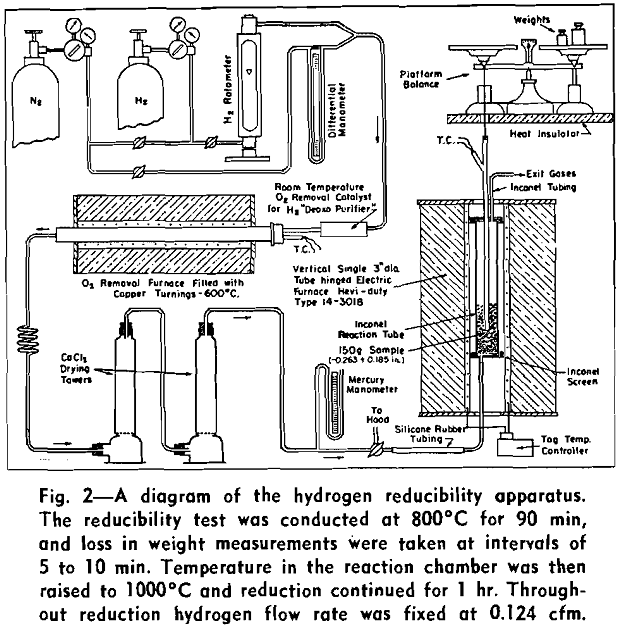
This report to the American iron and steel industry marks the completion of a 1949 survey of blast-furnace sinter practice sponsored by the Sub-committee on Agglomeration of Fines of the American Iron & Steel Institute. The use of sinter in blast furnaces, sinter properties, raw materials, and sinter plant operation have been reported recently. Each […]
Two-Way Belt Conveyor Transportation
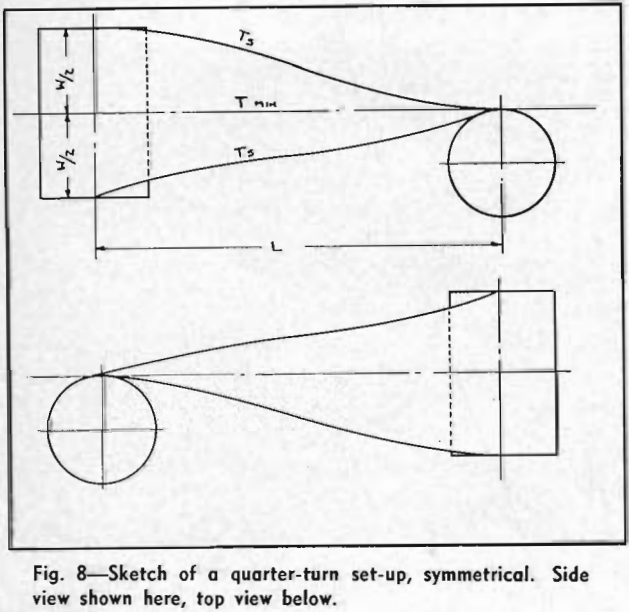
Since 1920 use of belt conveyor transportation has increased steadily, and capacity in tons per hour per unit has increased at about the same ratio. Belt conveyor systems for simultaneous two-way material transportation have been widely discussed, but heretofore have proved impractical for specific operations. The two-way belt conveyor for coal mine service is not […]
Zone Melting
If a charge of binary solid-solution alloy is melted and then frozen slowly from one end, as for example in the Bridgman method of making single crystals, coring usually occurs, with a resulting end-to-end variation in concentration. Such coring, or normal segregation, is undesirable where uniformity is an object. On the other hand, for certain […]
Jet-Piercing
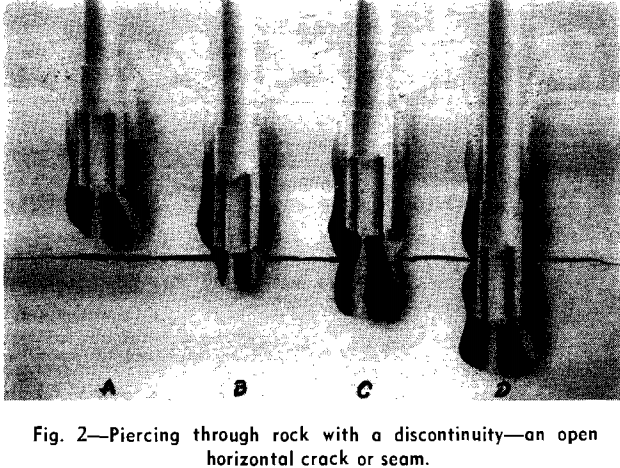
During 1950 the jet-piercing process was used commercially in the piercing of primary blast-holes in magnetic taconite at the preliminary taconite plant of the Erie Mining Co., Aurora, Minn. To produce the blasthole, jet-piercing utilizes thermal energy, as contrasted with the application of mechanical energy in churn drills and jackhammers. The heart of the process […]
Magnetic and Chemical Analyses of Magnetite and llmenite
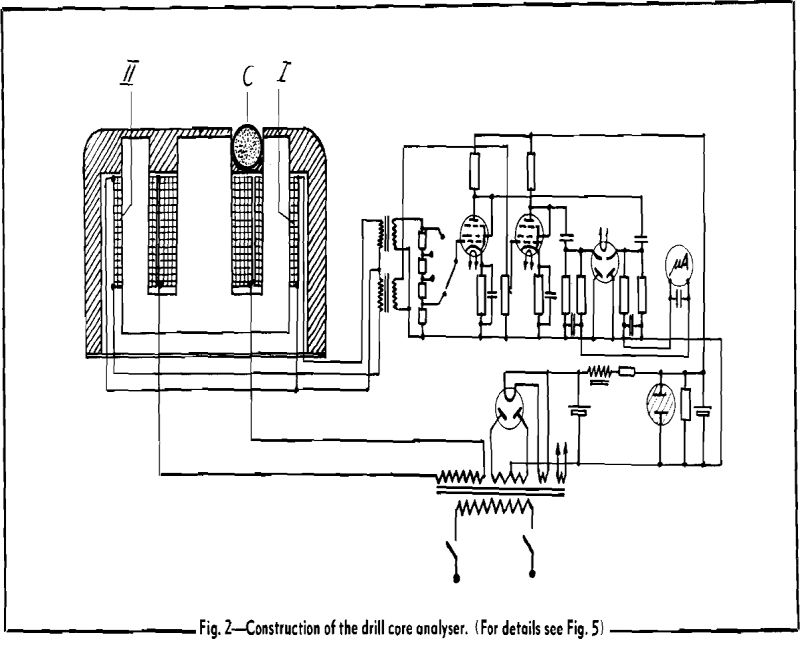
Investigation of the methods of analyses for magnetite and ilmenite in the Otanmaki iron-titanium ore and respective mill products has resulted in certain improvements in the methods conventionally employed. The outcome of the investigations is summarized as follows: Development of a diamond-drill core analyser for the determination of magnetic susceptibility of drill cores containing magnetic […]
Sponge Iron
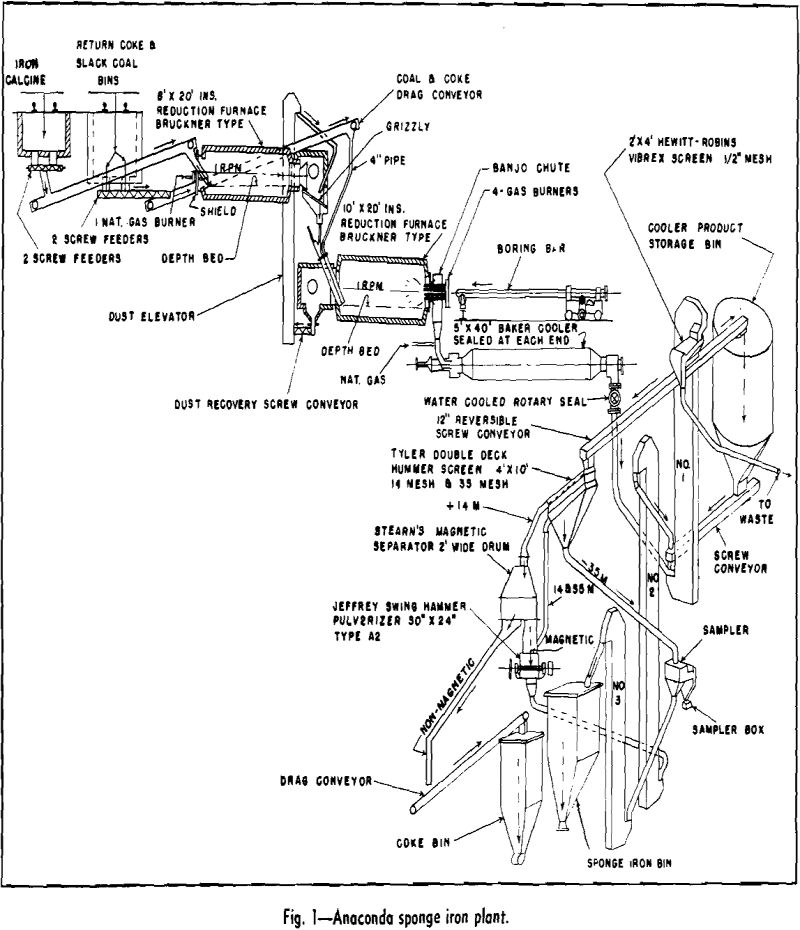
Sponge iron as produced at Anaconda is a fine, —35 mesh, impure product, about 50 pct metallic iron, obtained from the reduction of iron calcine at a temperature of 1850°F by use of coke resulting from slack coal. The metallic iron particles are bulky and spongey and precipitate copper readily and rapidly from a copper […]
Effects of Oxidation of Coal Flotation
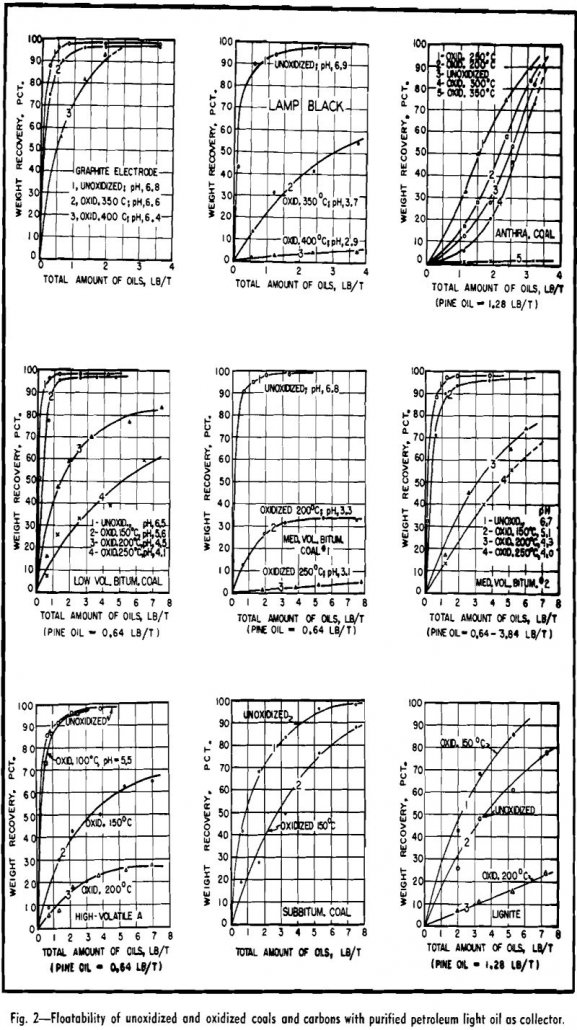
The effects of oxidation on the flotation behavior of sulphide minerals have been extensively studied, but no similar study has been made of coals. Coals of bituminous and lower rank undergo atmospheric oxidation during mining and storage, and their degree of oxidizing increases with temperature and time of exposure. The problem of recovering fine oxidized […]
DorrClone
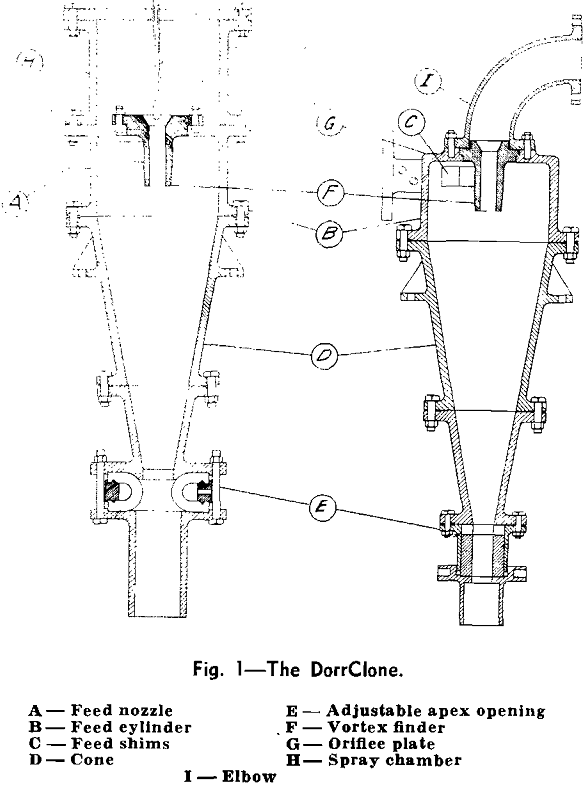
This paper presents in a general manner some of the applications of the DorrClone (Dutch States Mines cyclone) in the metallurgical and heavy chemical fields. Technical or mathematical analyses of the design factors and of the mechanism whereby the cyclone effects its separation have been capably treated in a series of previous papers. Engineering and […]
Pipeline Transportation of Phosphate
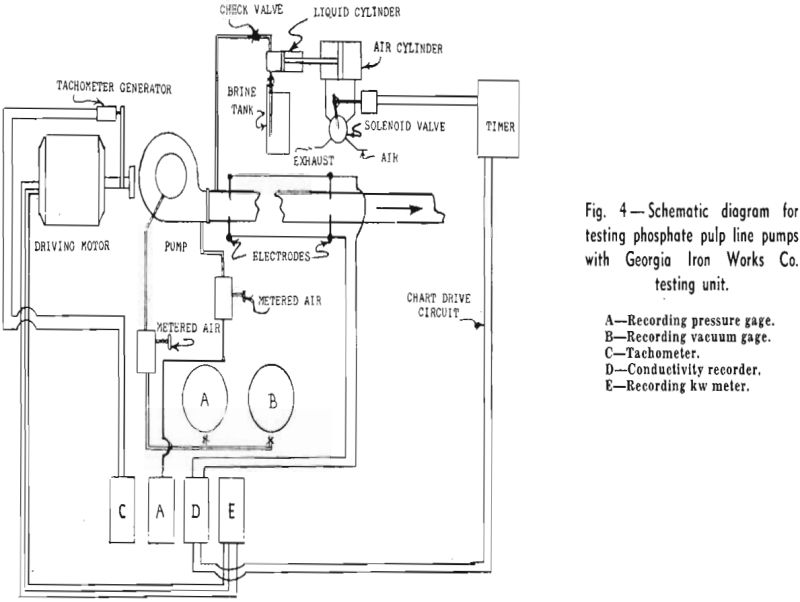
The pumping of solids in water suspension is an important part of many metallurgical and mining operations. In most cases, it is still in the rule of thumb category for which no universal formula has been developed, and much research is needed. Pumping Florida Pebble Matrix Pumping at the Noralyn mine of International Minerals and […]
Activated Carbon & Cyanidation

In 1939 one of the authors described advances in carbon-cyanidation for the period 1932 to 1939 and included: (1) the dissolution of gold in an ore pulp by cyanide and its simultaneous adsorption by carbon, (2) the stage addition of adsorptive carbon and its movement countercurrent to the flow of the ore pulp, and (3) […]
